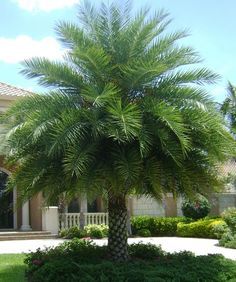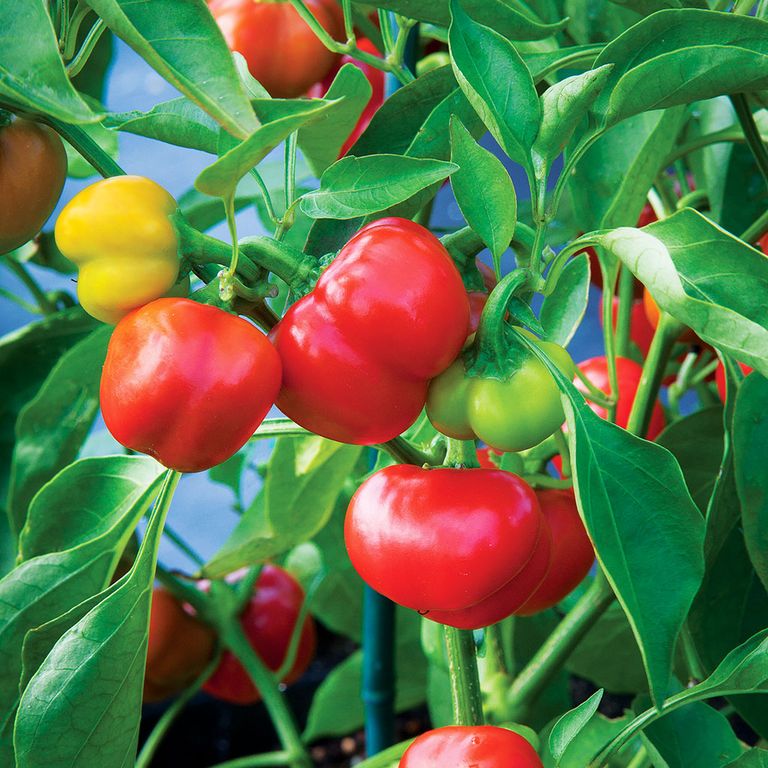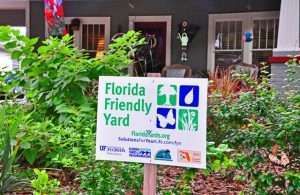
About Us
As a family owned business, our mission is to bring your outdoor visions to life with high quality pavers and landscaping skills that is done right and with a personal touch of a family run team that you can trust.
Brad and Randy Mullett started Mullett Brothers in 2000. With years of personal experience in landscape design and construction, including hardscape design and installation. Our company has been working with driveways, walkways, lanais, patios, pool decks and more. We are dedicated to providing integrity, honesty, fairness, great designs, and the best quality service in the area!
Why choose us?
As a family-owned business with years of experience in paver and landscape installation, we treat each project with care. Our deep rooted commitment to quality, craftsmanship, and customer care sets us apart. With hands on expertise passed on to our employees, we deliver lasting results and personalized service you can trust. Our team knows how to get the job done right the first time- built to last and tailored to your vision. When you choose us, you are choosing reliable service, proven results, and a beautiful outdoor space that you will enjoy for years.

Palms for Central Florida
Cold Hardy Palms
Cold is a significant separating factor when one considers palms. Neighborhood micro-climates may allow success for some of those varieties that are borderline safe for Ocala/Marion County. Cold-sensitive palms seem to have about a five year adjustment period. If one can get through this without substantial cold – or if you can nurse palms through the cold nights those first five years they seem to develop a degree of hardiness that enables them to withstand cold weather in future years.
Sabal Palm
There are palm varieties that perform in north central Florida, cold notwithstanding. The Florida state tree is itself a palm – the Sabal palm, which is also the state tree of South Carolina; this probably says everything that needs to be said about the cold-hardiness of this palm. A tough tree, the Sabal palm handles drought, storms, floods and cold. It is slow growing, but is abundant in the wild and is often transplanted as a large tree. There has been some concern in recent years over a new disease, lethal bronzing, a bacterial disease that affects Sabals and trees in the phoenix family. The pindo palm is another mid-sized palm that performs well in this area of the state. It features a bluish tint and shares the toughness of the Sabal with few insect or disease issues.
Smaller Palms
Lady Palm
There are several palm choices that remain small in the landscape, some for a period of several years due to their slow growth and others more permanently. The European fan palm is hardy and while it may eventually reach 20 feet, growth is very slow. This plant will produce offspring that emerge from the base of the plant, a condition known as “pupping” in the industry. Aphids, scale and mealy bugs are the major pests to scout for and their presence is often detected by the occurrence of sooty mold, a black, moldy-looking substance that appears on the upper surface of the leaves. Soaps and oils are good options for control. If you have an area of dense shade and want a plant that will fill some space the lady palm may be a good choice. Once established these palms also put out shoots from the root system and may require occasional pruning to keep the palm from spreading outside the desired area. The slender trunk and dark green fan shaped leaves of these palms is very attractive. The needle palm has virtually no trunk and grows extremely slowly. It performs in full sun and makes an interesting specimen palm. It is somewhat rare in landscapes and probably one you won’t see at the neighbors. It is a good choice for those seeking something unique. Finally the saw palmetto is a type of groundcover found in pinelands along the southern coastal plain. This palm does not transplant well and is best acquired in containers. One variety has a bluish hue which adds to its cost, but also to the look it brings to the landscape.
Use Caution
A few palms are rare in north central Florida due to their susceptibility to cold weather. One that many people like is the Queen palm, a plant whose feathery looking fronds add to its attractive appeal. Probably because of cold weather, these palms never reach the full, healthy-looking appearance they have in climates further south. The large, stately frond of the Bismarkia palm, along with its bluish coloring, makes this palm a favorite of many. The large, fan-shaped leaf of this palm dominates the landscape and when it reaches its full size can make a small house look even smaller.
Bismarkia Palm
Perhaps the most attractive of the palms available in north central Florida are those of the phoenix family – the date palms. In recent years the Sylvester, one of the palms in this family, has enjoyed a particular growth in popularity. These are quite pricey when purchased at any size. One should think carefully about opportunities for cold protection before making this investment. They will withstand the cold of most winters, but I have seen whole fields killed when we’ve had temperatures well below freezing for several days.
I’ve never been much of a gambler, but while living in Homestead I had a paroutis palm I really liked. A clumping palm with multiple large stalks, this palm is common in the everglades where is sits in hammocks surrounded by water. When making the move to Ocala I decided to buy one from a nursery friend to put in the back yard. I asked him a foolish question – “How do you think this will do up there?” He looked at me for a second and asked the obvious – “Do you see any?”
Now 22 years later, it has adapted and does fairly well in the back yard. Like the aforementioned queen palms, it never has done great and some years the stalks have been frozen back. But it has survived, pushed new growth and adds its unique appearance to the landscape of the back yard. It is a palm species few people in Ocala have and I have enjoyed having something unique.
As we enter the season of rain and heat, explore the palms that will grow here and consider adding some to your Florida landscape.
by David Holmes

Edible Landscapes
Edible landscaping, simply put, replaces plants that are strictly ornamental with plants that produce food. Edible landscaping will allow you to create a multi-functional landscape that provides returns (fruits, vegetables, etc.) on your investment of water, fertilizer, and time. An edible landscape can be just as attractive as a traditional one; in fact, the colorful fruits and foliage of many edibles are quite beautiful.
Improved Taste and Nutrition of Food: Nutrient content and flavor in most plants is highest immediately after harvest. The edible landscape provides fresh foods which can be eaten minutes, rather than days or weeks, after harvest. In addition, many exceptional and flavorful varieties not readily available at food markets are available to growers of edible landscapes.
Increased Food Security: An edible landscape reduces your dependence on foreign food sources that have unknown production systems.
Reduced Food Costs: Certain edibles are highly productive and are more economical to grow at home than to purchase.
Convenience: Having fruits and vegetables right outside your home may help you add fresher, healthier foods to your diet and make meal preparation easier.
Fun and Exercise: Growing your own crops can be rewarding and fun; the exercise you get in the process can help you stay fit.
Sustainability: Consuming locally grown produce can be an important part of reducing energy inputs and protecting our environment.
Artichokes
Artichokes and cardoons are imposing plants that would be worth growing in the landscape, even if you couldn't eat them. Most animals will not want to munch on the prickly leaves and as long as the flowers are a few feet off the ground, nothing should touch them.
Beans
The leaves of bean plants are more attractive to animals than the bean pods. Trellising pole beans on any decorative structure or even a simple bamboo teepee is an easy way to add height to your flower border. They grow faster than most annual flowering vines and bean flowers are just as lovely. If you want more ornamental pow, you can grow a colorful variety, like Long Red Noodle beans or Dragon Tongue.
Eggplant
Eggplants are not only tasty, they're also one of the most beautiful plants to grow in any garden. The fruits' skin colors include deep purple, green, orange, white, and even lavender. Eggplant bushes grow 1 to 4 feet tall and wide, depending on the variety.
Onion, Garlic and Chives
Wild onions and wild garlic grow nearly everywhere. They grow abundantly in large, easily gathered clumps. They store simply and for long periods. And, they can be used in a myriad of dishes throughout the year. They are all members of the onion (Allium) family, which includes more than 500 species.
Herbs
Herbs are more than medicinal aids and culinary delights. Using herbs in the landscape is a way to add color, texture and aroma while attracting bees and butterflies. Herb gardens will always be popular, but there are other subtle and effective ways to include herbs in your landscape. Take advantage of their beautiful and useful characteristics throughout your garden.
Peppers
Peppers can be started again in midsummer for an early fall planting in August and September. The spacing of your pepper plants will depend on the varieties you are planting so be sure to check the spacing requirements for your chosen peppers. As your pepper plant gets larger and fruits begin to weigh it down staking can help keep your plant upright. Watering regularly will keep your plants producing fruits, remember, pepper plants prefer moist but not wet soils. Mulching around your pepper plants will help hold moisture in as temperatures rise.
by Eva C. Worden and More

News you can use
Make your yard Florida Friendly
Florida-Friendly Landscaping™ (FFL) means using low-maintenance plants and environmentally sustainable practices. Learn how you can have a beautiful landscape that could save you time, energy and money while protecting our future. Find out more from your county’s FYN program or from this website and the FloridaYards.org companion web site of the FDEP Springs Initiative. Read more about the FFL Program...
